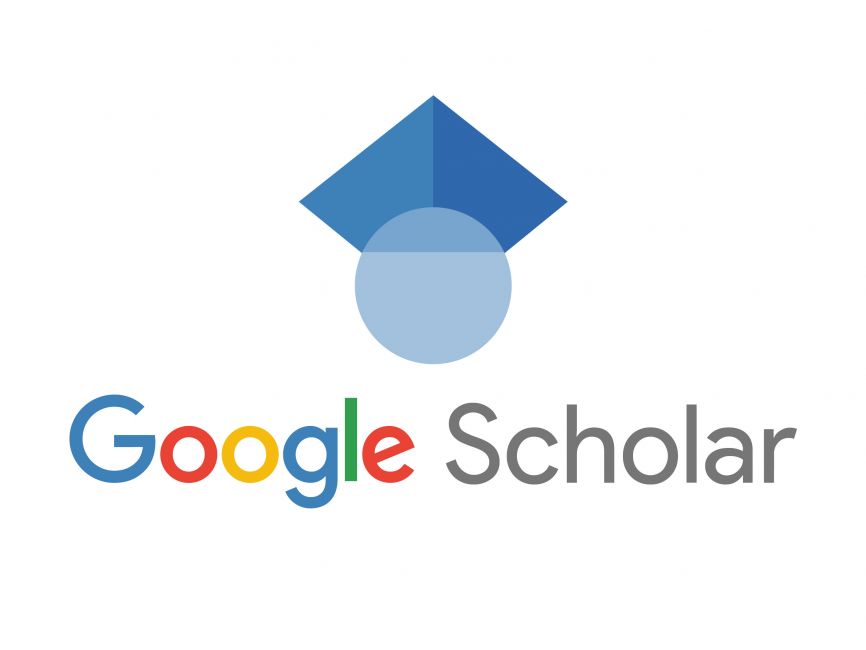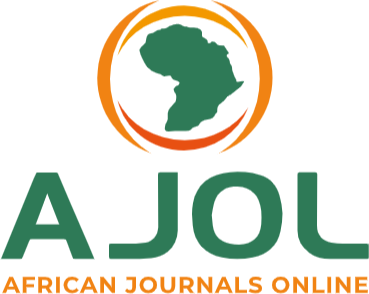Exploring the Thermoelectric Potential of Trigonal MgS2: A Computational Investigation Using DFT and Boltzmann Transport Theory
Keywords:
thermoelectric properties, chalcogenide, DFT calculations, BoltzTrap, Quantum EspressoAbstract
There has been a shift toward the development of cost-effective and environmentally friendly technologies, due to increased energy demand and attendant environmental degradations. Among these technologies, significant progress has been made in the field of thermoelectricity. Thermoelectric materials are recognized for their proficiency in converting waste heat energy into electricity, with their efficiency commonly assessed using the ZT (Fig. of merit) value.. This study investigates the thermoelectric properties of chalcogenide magnesium sulfide (MgS2), with trigonal lattice structure, using Density Functional Theory (DFT) in conjunction with the Boltzmann Transport Theory. The initial assessment of structural and thermoelectric properties employs the Generalized Gradient Approximation (GGA) based on the Perdew–Burke–Ernzerhof approximation (GGA-PBE).
The results indicate that the studied compounds exhibit characteristics of a p-type semiconductor. The structural confirmation of MgS2 reveals a trigonal configuration. The absolute value of the Seebeck coefficient demonstrates an increase with rising temperature across the measured range (100-400K). Simultaneously, the electrical conductivity exhibits a monotonically decreasing trend with increasing temperature, indicative of degenerating conduction behaviour. The power factor exhibits an upward trajectory with increasing temperature, consequently leading to an augmented dimensionless Fig. of merit ZT. The maximum ZT value observed for MgS2 is 0.057.
Similar Articles
- Bala Yakubu Alhaji, Physical And Mechanical Properties of Composite and Pure Briquettes Produced from Rice Husk, Groundnut Shell and Palm Kernel Shell Using Cassava Starch , Communication In Physical Sciences: Vol. 12 No. 5 (2025): Vol 12 ISSUE 5
- Ola-Buraimo Abdulrazaq Olatunji. , Umar Hamida, Geochemical Properties of Kalambaina Formation: Implication on Limestone and Marlstone Qualities for Industrial Uses, Sokoto Basin, Nigeria , Communication In Physical Sciences: Vol. 11 No. 4 (2024): VOLUME 11 ISSUE 4
- S.C Ezugwu, Structural and Optical Properties of Pva Capped Nickel Oxide Thin Films Prepared by Chemical Bath Deposition , Communication In Physical Sciences: Vol. 1 No. 1 (2010): VOLUME 1 ISSUE 1
- Ufuoma Shalom Onoabedje, Christopher Obodike Ezugwu, Efeturi Abraham Onoabedje, Antimicrobial Properties of 9, 12-Octadecadienoic Acid Isolated from Leaf Extracts of Acalypha Fimbriata (Euphorbiaceae) , Communication In Physical Sciences: Vol. 12 No. 3 (2025): VOLUME 12 ISSUE 3
- Ismail Kolawole Adekunle, Ibrahim Sule, Sani Ibrahim Doguwa, Abubakar Yahaya, On the Properties and Applications of Topp-Leone Kumaraswamy Inverse Exponential Distribution , Communication In Physical Sciences: Vol. 8 No. 4 (2022): VOLUME 8 ISSUE 4
- Nnaemeka Obiora Daniel, Estimation of aquifer properties using electrical resistivity data in parts of Nsukka L.G.A., Enugu State , Communication In Physical Sciences: Vol. 2 No. 1 (2017): VOLUME 2 ISSUE 1
- Elizabeth Chinyere Nwakorongwu, Patricia Uchechi. Kanayochi-Okpechi, Ugochukwu Joseph, Effects of Annealing Temperature on the Dual Solution Synthesis and Optical Characterization of AlS: ZnS Thin Films , Communication In Physical Sciences: Vol. 11 No. 1 (2024): VOLUME 11 ISSUE 1
- Anduang Ofuo Odiongenyi, Adsorption Efficiency of Scotch Bonnet Shells as a Precursor for Calcium Oxide Nanoparticles and an Adsorbent for the Removal of Amoxicillin from Aqueous Solution , Communication In Physical Sciences: Vol. 9 No. 3 (2023): VOLUME 9 ISSUE 3
- Kantoma, D.,, Green Synthesis of Silver nanoparticlesNanoparticles(AgNPs) using Calotropis procera leaves Leaves extract Extract and it adsorption Adsorption properties Properties for the removal Removal Chromium(III) ion. of Cr3+ from Petroleum Waste Water , Communication In Physical Sciences: Vol. 11 No. 1 (2024): VOLUME 11 ISSUE 1
- David Adetunji Ademilua, Advances and Emerging Trends in Cloud Computing: A Comprehensive Review of Technologies, Architectures, and Applications , Communication In Physical Sciences: Vol. 10 No. 3 (2023): VOLUME 10 ISSUE 3 (2023-2024)
You may also start an advanced similarity search for this article.



